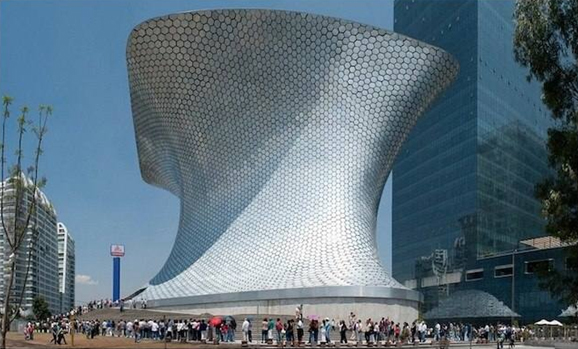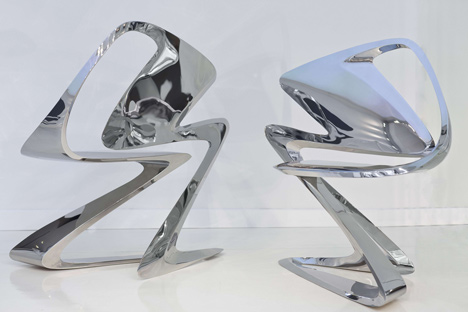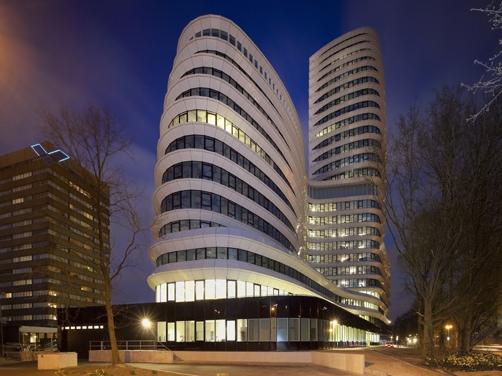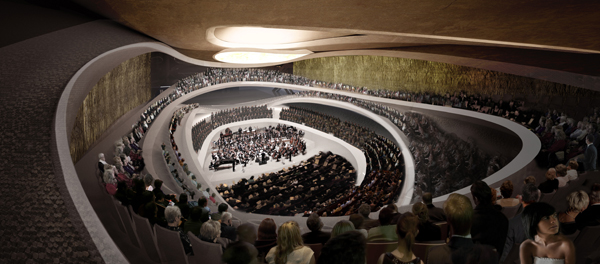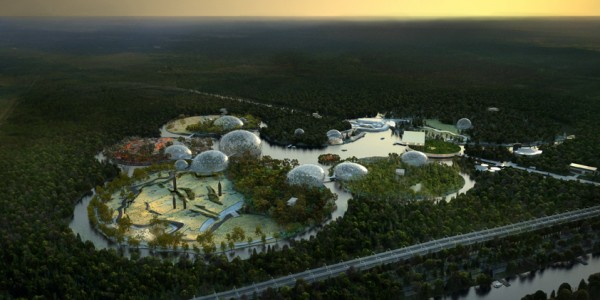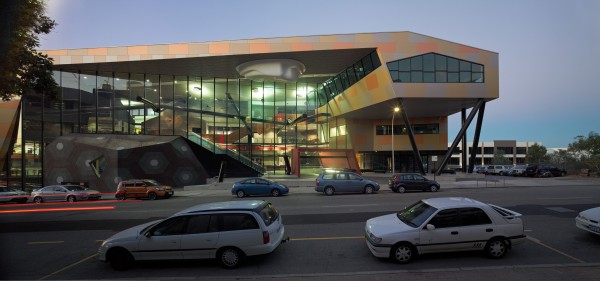How to integrate an opera theater into the historic urban fabric of Vienna? This project seeks to develop a middle ground between excessive un-architecture and conventional opera theater. One of the strategies is to create a new vertical transition part as the coherent between the opera theater and the concert hall. It was designed as a solution to the substantial decrease of earth specially which site is located in a high density residential district. This tower proposes an intensive, yet ivy romantic environment with an Opera Theater, a Concert Hall and a Panoramic Restaurant where you will be able to find little squares, picturesque sightseeing to this city, parks, hanging garden, and many cultural facilities.
Tang Fei experimented with form production at the Excessive Studio II, Urban Strategies, Die Angewandte Vienna in Austria to produce an Opera Theater or a Concert Hall in the Karmelitermarket. Read the rest of this entry »



